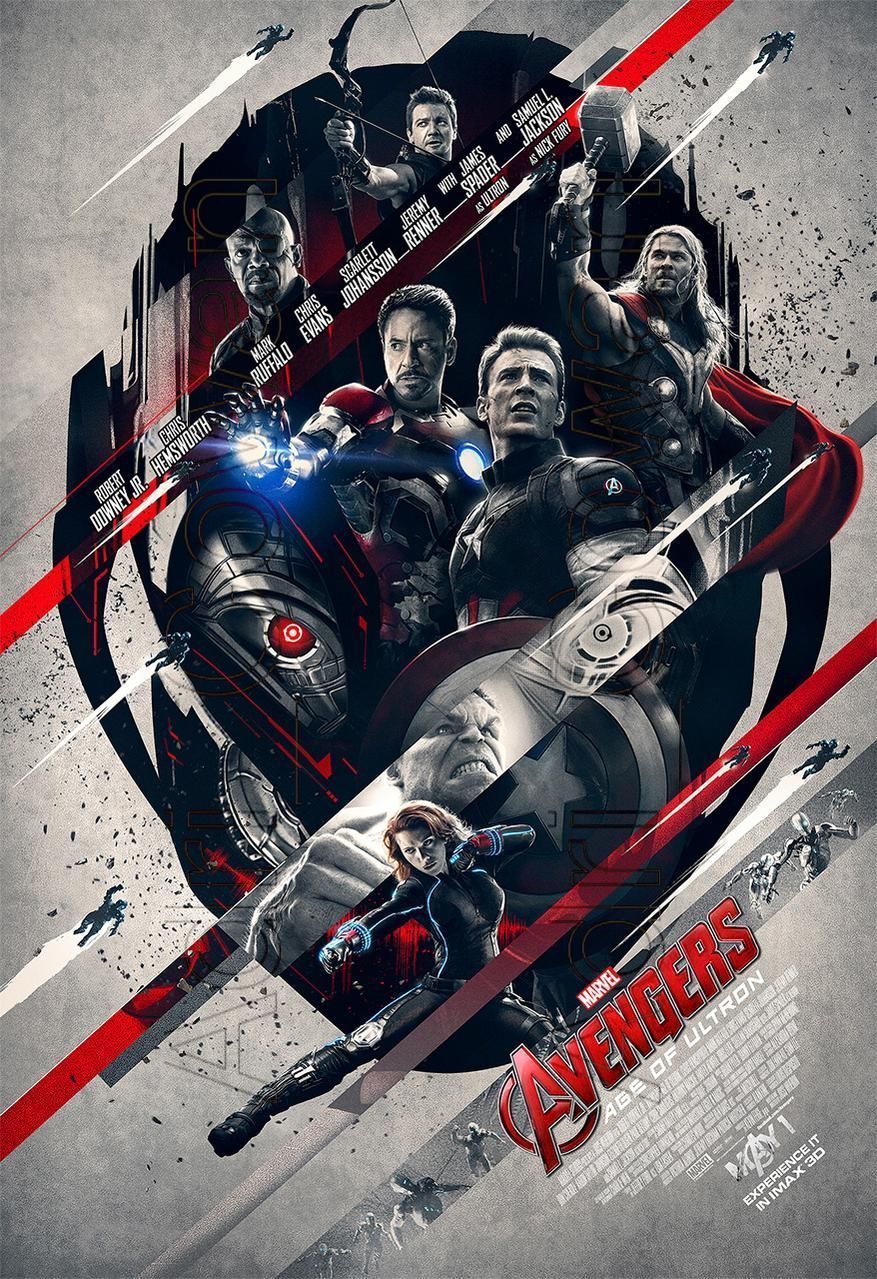

Until this point, the film has thoughtfully shown the horrors of war and PTSD, as well as the power of love and friendship, and that it all of a sudden decides to become a revenge thriller sticks out more than if you had thrown a Playstation in with the 40s-era British Army radio.

He hands the paper and knife to Patti with the understanding that her husband should use them to kill Takeshi. Perhaps this is why the circumstances surrounding your pivotal 1980 props - a newspaper clipping and a bamboo-sheathed knife - ring false.įinlay has been hiding the faded piece of paper that proves Eric's torturer, Takeshi, is alive and leading tours of the Burma Railway. This battered tin box is Erik's touchstone. Friendly voices from the BBC inform them that the Russians have taken Stalingrad, that the Allies are relentlessly bombing Japan, that Hitler is on the run. Eric and his countrymen uncover their hidden bounty - a vacuum tube, filaments, copper wire - and fashion a radio receiver that they hide in a tin box. Eric, the resident train expert, informs his band of brothers that they'll be part of a painful and deadly legacy, like the Orient Express and Trans-Siberian Railway before it, the Burma Railway will be built using slave labour. The prison camp is filled with emaciated men weakly wielding pick-axes and dragging shovels. Later, when they stand before their Japanese captors, they surreptitiously pass various radio components behind their backs, hoping they might later prove to be useful. I hope you had several backups ready for the scene when their commanding officer informs them that they must abandon their post and destroy anything they don't want to fall into enemy hands. You did an impressive job sourcing the authentic radios that Eric and his fellow engineers use when we meet them in Singapore in 1942. When he removes the lid to reveal expertly cooked rice, it's the first glimpse we get that Eric is harbouring some demons from his past. On their first date, while Eric makes her a meal, they bicker over whether or not he is going to scorch the period-perfect striped orange saucepan. Train-enthusiast Eric is never without his railway schedule in 1980 Northumberland, which leads to his meet-cute with Patti. We're constantly jumping from Eric's tormented present to his imprisoned past, which means two very different eras are falling under your prop-making purview. Armed with this knowledge, Eric must decide between satisfying his lust for revenge or accepting personal redemption. Finlay has been keeping a secret: one of Eric's Japanese torturers is alive, his whereabouts known.
The railway man full movie how to#
His wife Patti, at a loss for how to deal with him, turns to Finlay, the railway man's friend and fellow POW, for help. The railway man is Eric Lomax, a former British Army officer suffering deep psychological trauma from the horror he endured while incarcerated in a Japanese POW camp during the Second World War. But it seems as though the filmmakers decided the true story of Railway Man was too blemished and imperfect for the screen-it's a shame that they felt it needed some Hollywood polish. On the contrary, your props are both accurate and unobtrusive. I don't mean to say that you didn't do your jobs well. But when it fails, it sticks out like a bulls-eye. Such props are just one of many elements that lend veracity to the world of a film. So a fake one must be fabricated to take it's place. Sometimes a real apple just doesn't look, well,_ realistic_ enough for the camera. If the script calls for a book or an apple, you have to make sure that not only are the book and/or apple as authentic as possible, but that they read well onscreen. It's your job to put relevant objects into the hands of the actors.


 0 kommentar(er)
0 kommentar(er)
